 Vaccination for livestock and poultry (GSGC) is the most proactive, positive and effective measure to create herd immunity for livestock. The Provincial Department of Animal Husbandry and Veterinary Medicine has deployed the first phase of vaccination in 2024 to promote the sustainable development of the province's livestock industry.
Vaccination for livestock and poultry (GSGC) is the most proactive, positive and effective measure to create herd immunity for livestock. The Provincial Department of Animal Husbandry and Veterinary Medicine has deployed the first phase of vaccination in 2024 to promote the sustainable development of the province's livestock industry.

Veterinary staff of Ho Son commune vaccinate poultry of local people.
With a farming scale of nearly 3,000 chickens, Mr. Nguyen Dinh Thanh, Cau Tre village, Ho Son commune (Tam Dao) always cares about implementing biosafety farming, in which vaccination is the best measure to protect livestock.
Mr. Thanh said: The weather is increasingly extreme, hot, the risk of disease outbreaks in livestock is very high.
Therefore, in addition to investing in a cooling system, ventilation fan, cleaning the barn and periodically disinfecting, the family fully vaccinates the chickens 3-5 times/batch; sprays disinfectant 2-3 times/week and supplements probiotics and minerals for the chickens. Thanks to that, over the years, the family's chickens have always grown healthily, bringing high economic efficiency.
As a locality with a developed livestock movement, over the years, veterinary staff in Ho Son commune have always closely followed livestock facilities and households to grasp the disease situation and guide farmers on how to effectively prevent and control diseases.
Mr. Nguyen Thanh Nguyen, a veterinary officer of Ho Son commune, said: After receiving the document on the implementation of the first phase of vaccination in 2024, I advised the Commune People's Committee to develop a specific vaccination schedule for each village and hamlet; announced on the public address system so that families could grasp the vaccination schedule of each village, proactively capture and confine livestock, and support veterinary staff to vaccinate livestock fully, promptly, and effectively.
In the first phase of 2024, the commune will vaccinate about 70,000 chickens for households raising less than 3,000 chickens, 750 sows, and 600 buffaloes and cows.
To improve the effectiveness of vaccination for GSGC and disinfection of barns and livestock environments, from the end of 2023, the Provincial Department of Animal Husbandry and Veterinary Medicine advised the Department of Agriculture and Rural Development to submit to the Provincial People's Committee to issue a Plan for prevention and control of GSGC and aquatic diseases in 2024.
Following closely the plans and directions of the province, the department coordinates with media units to promote the dissemination of vaccination for livestock, spraying of pesticides in livestock environments and the State's support policies for people to implement; organize technical training for forces directly involved in vaccination and disinfection of barns and livestock environments; establish a standing team to import and export materials and vaccines, and summarize the progress of vaccination and spraying pesticides.
During the implementation process, the Department actively coordinated with the People's Committees of districts and cities to inspect, supervise, urge, and promptly remove difficulties and problems arising during the implementation process.
With the province's strong direction, localities have taken more active action, thereby increasing the vaccination rate for livestock.
By May 28, the entire province had vaccinated more than 1.3 million birds against avian influenza. Of these, nearly 1 million chicken flocks of 3,000 or less were vaccinated; and more than 370,000 ducks and geese.
For the buffalo and cattle herd, more than 27,000 animals were vaccinated against foot-and-mouth disease; nearly 13,000 animals were vaccinated against septicemia.
For sows and boars, more than 22,000 pigs were vaccinated against foot-and-mouth disease, nearly 11,000 pigs were vaccinated against swine fever, and nearly 9,000 pigs were vaccinated against blue ear disease.
Along with vaccination, localities simultaneously organized KTTĐ spraying in barns and livestock environments at nearly 1,500 households.
According to the recommendations of the Provincial Department of Animal Husbandry and Veterinary Medicine, to effectively vaccinate, livestock farmers need to vaccinate their livestock on schedule and at the right dosage; increase care and monitor livestock after vaccination, limit post-vaccination reactions and improve the livestock's immune response.
After vaccination, farmers need to let their animals rest and provide them with appropriate nutrition, especially for buffaloes and cows. They should not be used for plowing immediately but need to be supplemented with food and water.
Currently, the epidemic in the GSGC herd is complicated, therefore, livestock farmers need to actively implement biosafety farming, proactively vaccinate against dangerous infectious diseases to prevent the outbreak and spread of epidemics, contributing to promoting the sustainable development of livestock farming in the province.
Article and photos: Mai Lien
Source








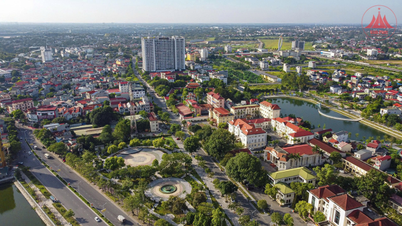

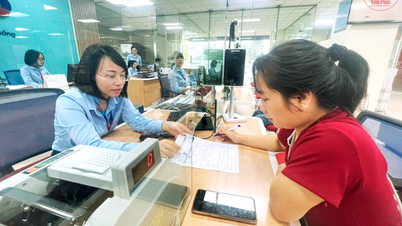
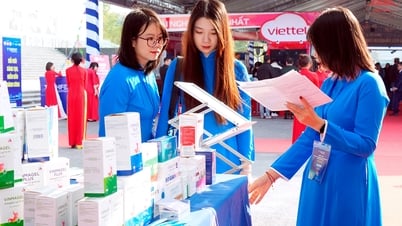






























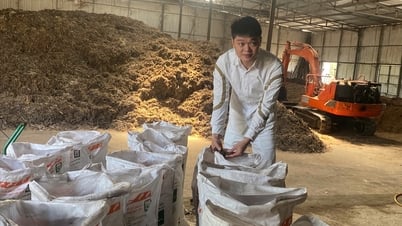






























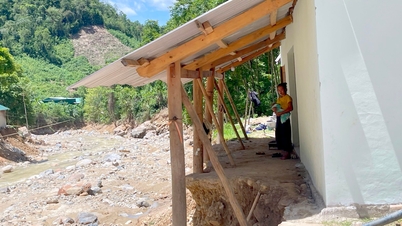














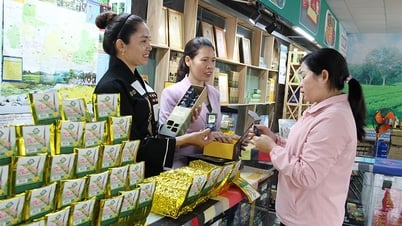




Comment (0)